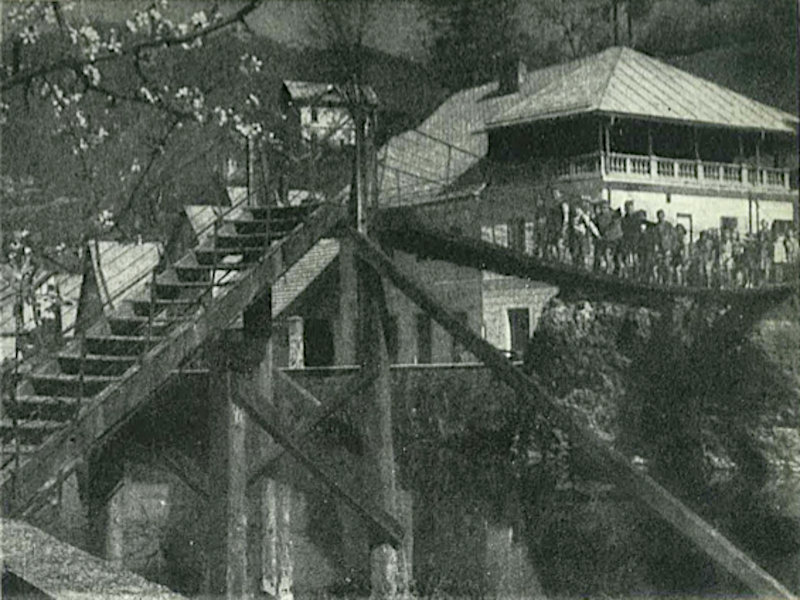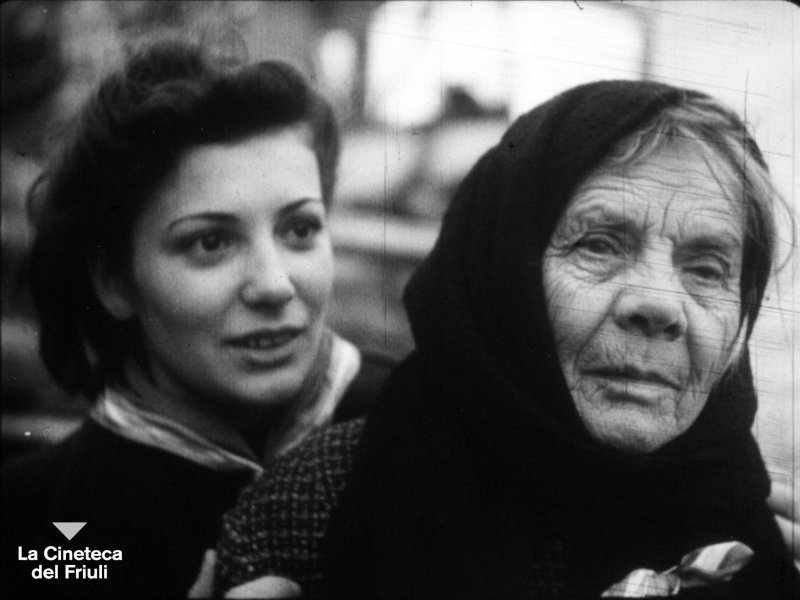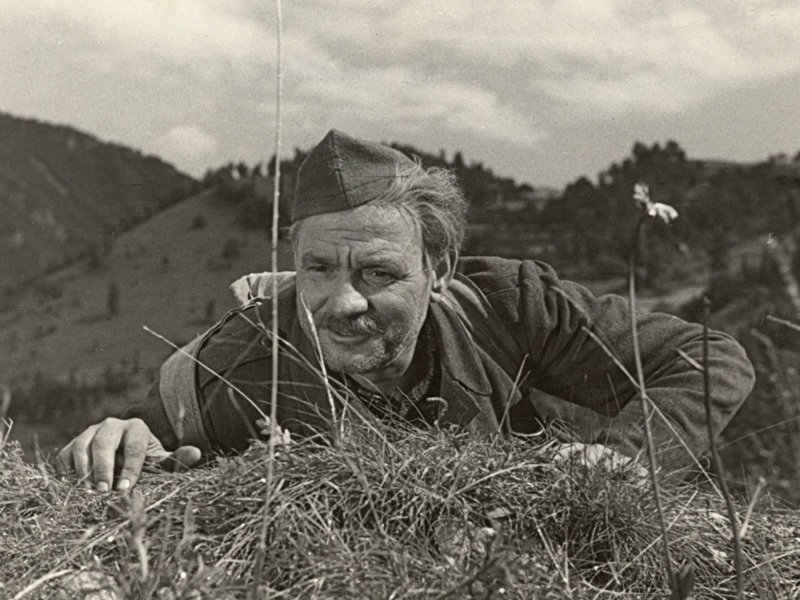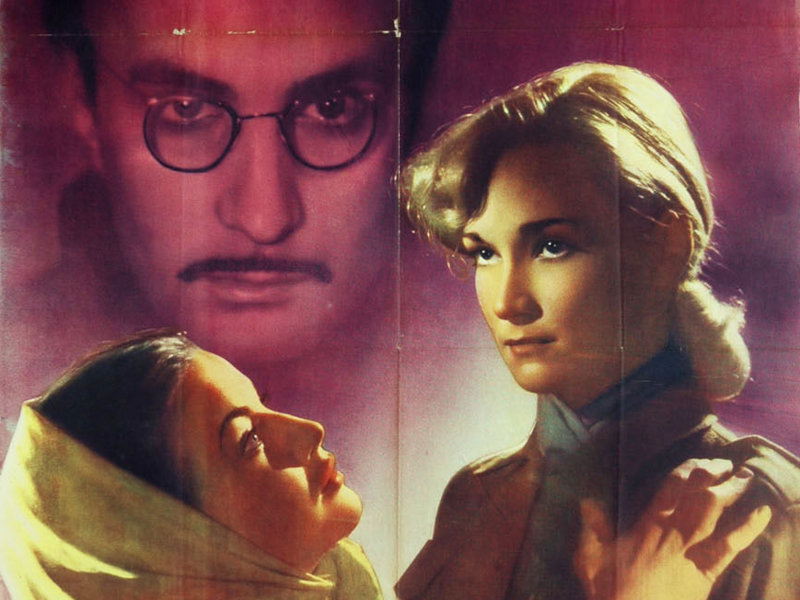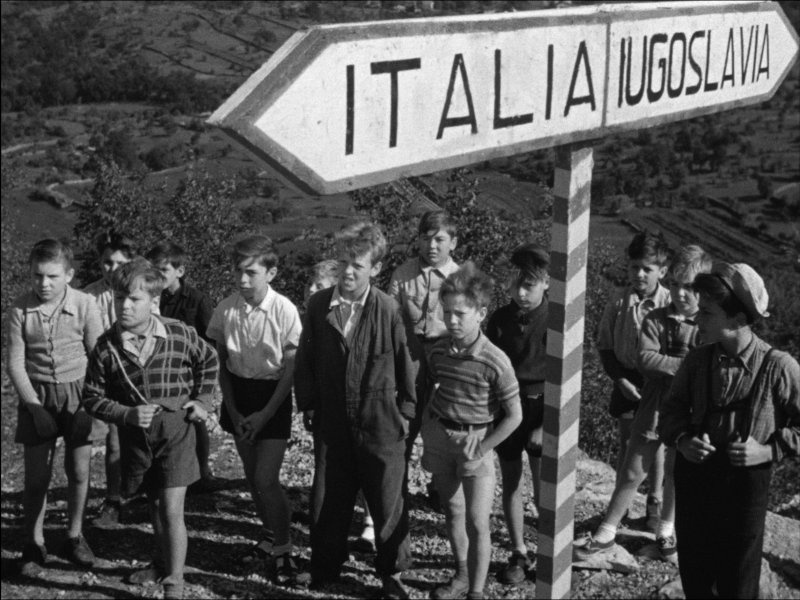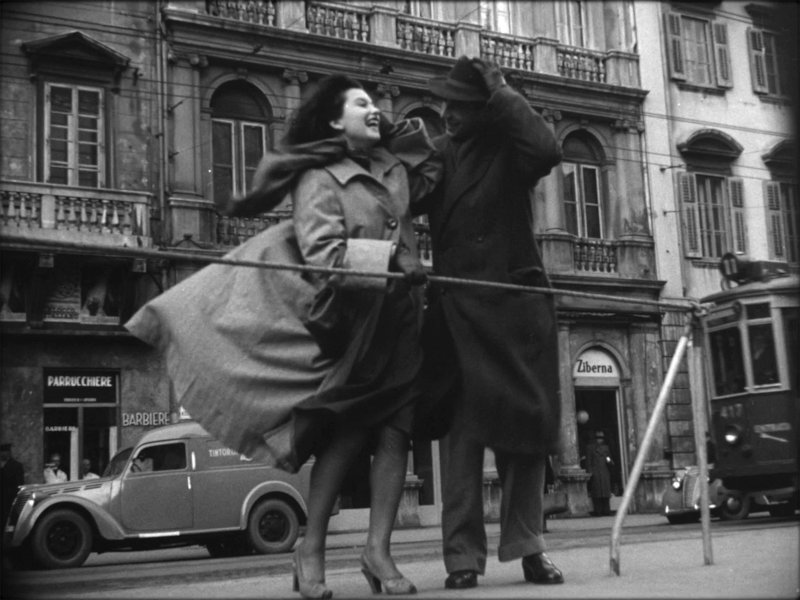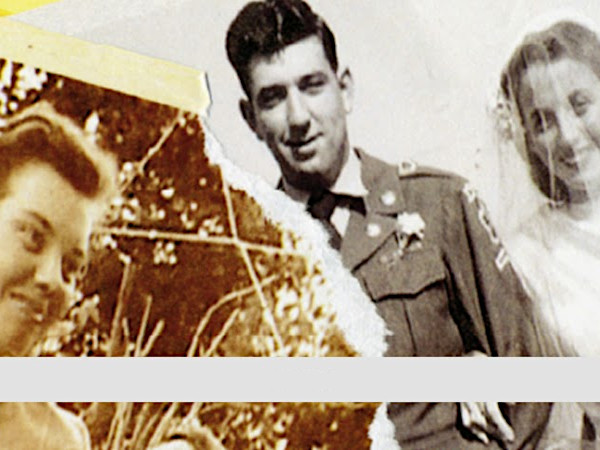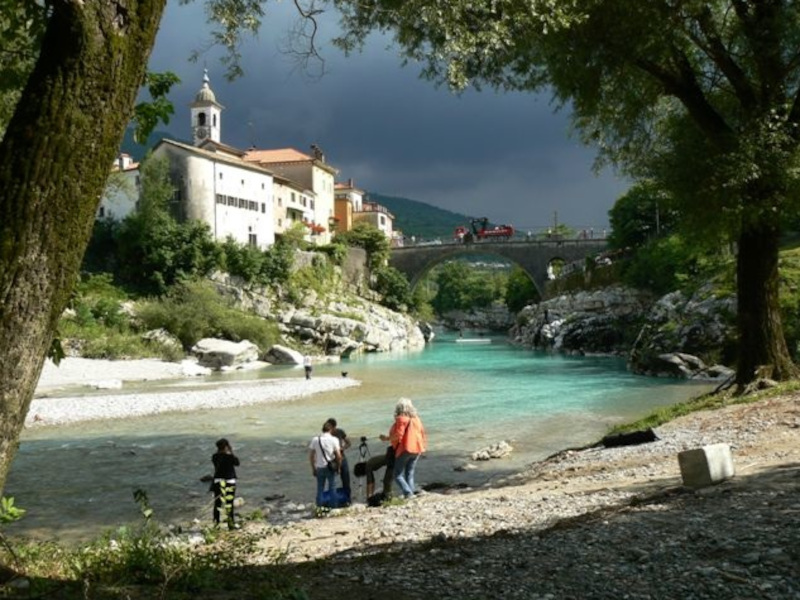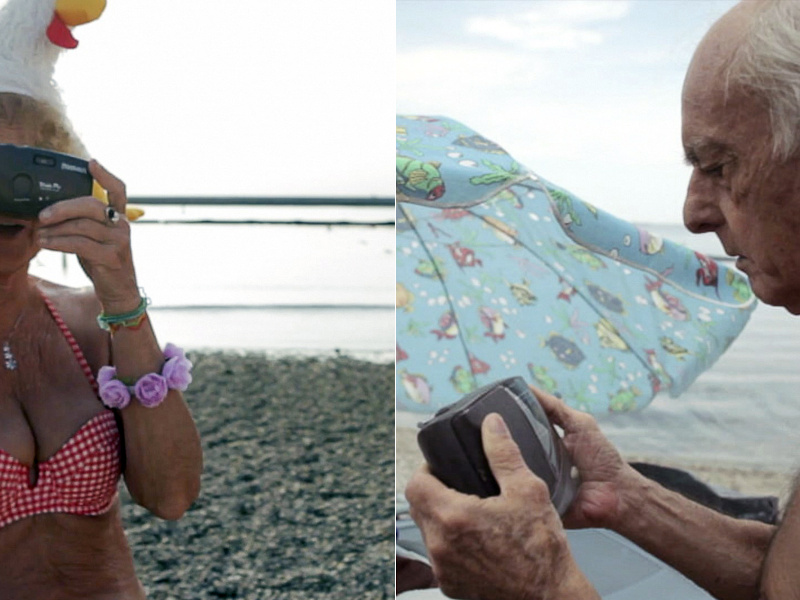Digital archive
This digital archive presents a selection of visual and archival materials related to the films about the Italian-Yugoslav conflict over the northern Adriatic borderlands.
Currently split between Italy, Slovenia and Croatia, the ethnically hybrid region of Julian March [HRV] (a.k.a. Julian Venetia; ITA: Venezia Giulia, CRO/SLO: Julijska Krajina) was the subject of long-term territorial aspirations of both Italians and South Slavs and has undergone multiple border redefinitions. The conflict culminated after the Second World War during one of the first Cold War crises, the Trieste Crisis (1945-1954).
The Trieste Crisis
Although the Yugoslav resistance movement liberated the region from the German occupation in May 1945, the Western allies opposed its subsumption by Yugoslavia. Instead, it was divided into two occupation zones: zone A in the West, under the control of the Anglo-American soldiers; and zone B in the East, under the control of the Yugoslav army. Most of the next decade was rife with complicated international negotiations to establish the border between the two countries, that is, between capitalist and communist Europe, at the very beginning of the Cold War.
During this period, the year 1947 represents a pivotal time. Following the signature of the Paris Peace Treaties in February, most of zone A was annexed to Italy, while most of zone B, together with the town of Pula [HRV] [ITA: Pola] (zone A), was annexed to Yugoslavia. In the territories with unresolved status, the Free Territory of Trieste (FTT) [HRV] was created. It was also under military administration and divided into zones A and B, but it was much smaller than the originally contested area. The establishment of the new demarcation lines provoked a wave of migration of local Italians, many of whom left the territories annexed to Yugoslavia, settling on the other side of the administrative line.
Central to the conflict’s soft power dimension, both Yugoslavia and Italy produced several films which advocated their interests in this matter. As the Trieste Crisis coincided with the wave of establishment of film festivals in Europe, this means that these films were not only aimed at local but also international audiences, traveling from one festival to another. The narratives they promoted were influenced by the already-constructed cultural memory of suffering within the local populations; they also participated in the further, continued construction of this memory. In line with this, several repetitive motifs are observable in this film corpus. On the Italian side, depictions of Yugoslav revenge crimes against local Italians, of the Italian departure from the areas that became part of socialist Yugoslavia, and of an alleged triviality of the Slavic culture are frequent. On the Yugoslav side, imagery and themes of Italian crimes against the local Slavs over the course of 20 years of fascist rule are noticeable.
Following the factual establishment of the border [HRV] between Italy and Yugoslavia in 1954 (London Memorandum), the Trieste Crisis went to the margins of film production. Opposing narratives about this conflictual past, however, remained. As a consequence, the question of the northern Adriatic borderland remains one of the region’s most controversial issues. With this context considered, the Italian government established a Day of Remembrance, or Giorno del Ricordo [ITA], in 2004. It honours what is termed as the “Italian tragedy [ITA]” [Article 1] in the territories that Italy lost to Yugoslavia. This has fuelled the rediscovery of this once-marginalised topic and inspired and sparked the restoration of old and production of new films on this subject, demonstrating that any political analysis of this disputed past is indisputably a political analysis of the present.
The CBA TRIESTE digital archive includes materials related to the relevant Italian, Yugoslav, and Slovenian films, produced either during the Trieste Crisis (1945-1954) or the contemporary period (post 2004). The collected materials include films in their full duration (when available), film extracts, photographs, films stills, press clippings, archival documents, and a short text about each film’s content, contributors, circulation and reception. The focus is on the films that have had a substantial visibility in festivals and special screenings, bearing in mind that a work of art can achieve its propaganda value only when it is seen by the audience.
By gathering these materials together, the archive aims to make widely accessible a collection of related cultural heritage, providing direct access to this knowledge and materials for scholars, film professionals and general audiences. In doing so, it aims to improve our understanding of how cinema and film festivals correlate with ideological and national, diplomatic and military conflicts, migrations of populations, war crimes and border changes.
If you use the information or materials from this digital archive, please provide the reference to CBA TRIESTE Digital Archive (www.unive.it/cbatrieste).
Thanks to the following institutions and individuals for the materials collected so far: AGRFT (Ljubljana), ASAC - La Biblioteca della Biennale (Venice), Cineteca del Friuli [ITA] (Gemona), Filmske Novosti [SRP] (Belgrade), Jugoslovenska kinoteka [SRP] (Belgrade), Kinoatelje [SLO] (Gorizia), La Cappella Underground [ITA] (Trieste), Pilgrim Film [ITA] (Trieste), Anja Medved, Chiara Barbo, Nicoletta Romeo, Paolo Cherchi Usai, Žiga Virc. Thanks to Prof. Marta Verginella, Prof. Marco Dalla Gassa, Prof. David Archibald, Dr. Štefan Čok and Ross Reiland for their comments and support.

